Top 6 Fermented Foods in South Korea Including Kimchi
- byTolulope Ayileka
- 1 year ago
- 0 Comments
- 5mins
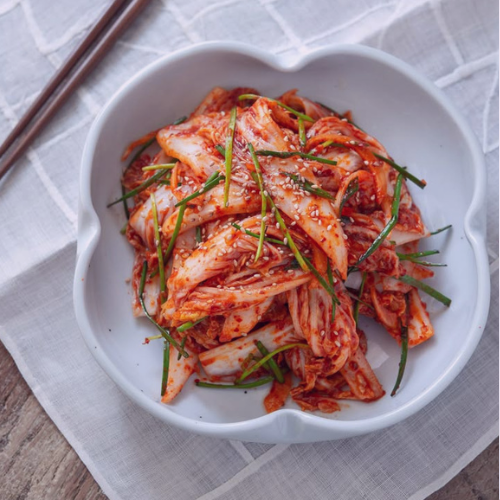
Annyeong Chingus
The Korean Culinary world is known for being colourful, lots of side dishes(for breakfast, lunch and dinner) and most importantly healthy. Fermented foods have been an important part of the Korean food culture for centuries as it offers not just unique flavours and that tangy slapping aftertaste that makes the ancestors proud but has numerous significant health benefits.
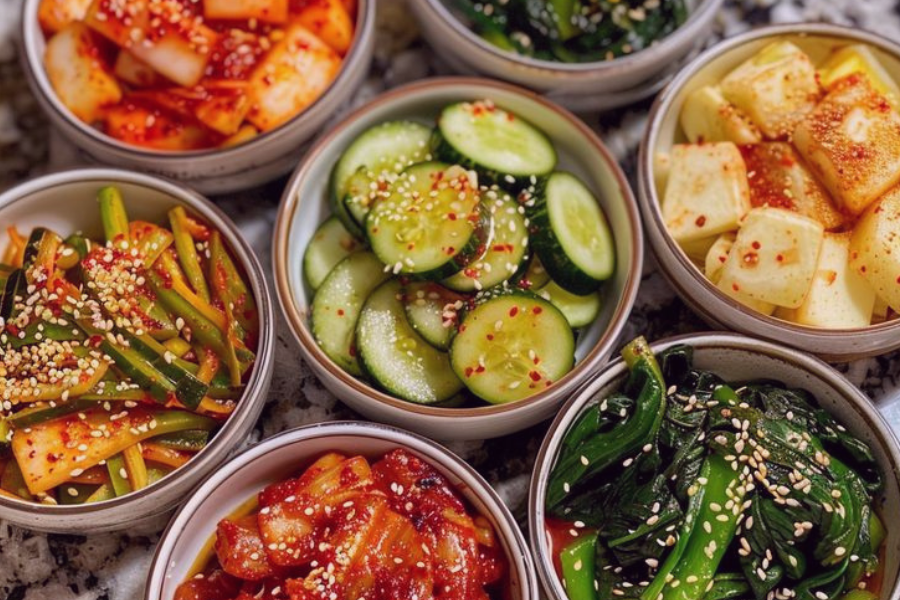
Over the years, Korean fermented foods have garnered international attention like Kimchi which is recognized as Korean national dish and has been to space y’all. It's safe to say that these healthy dishes have moved from just been culinary masterpieces to becoming a reflection of Korea’s rich heritage and history.
Let us dive into the world of Korea’s fermented foods and explore 6 dishes which have stood the test of time.
KIMCHI
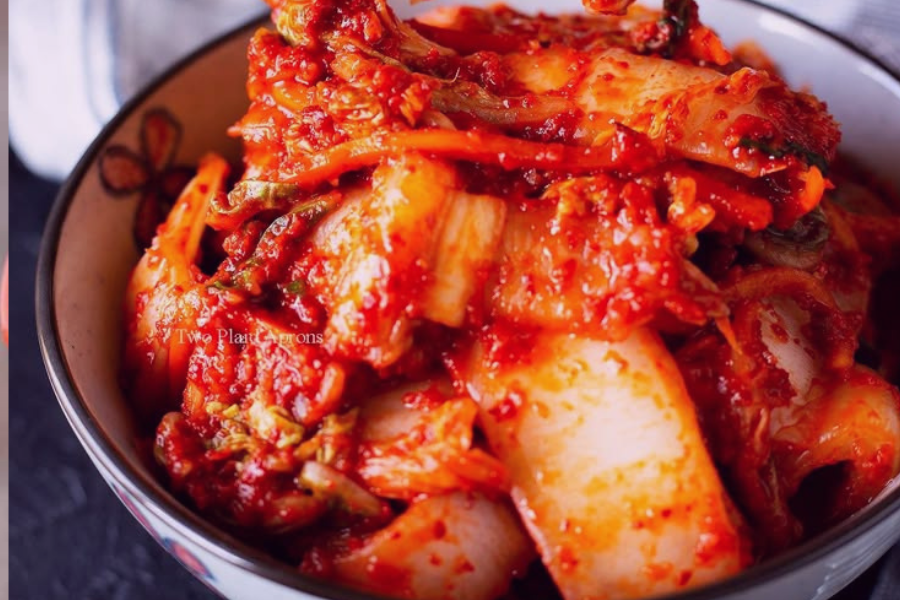
It’s impossible to start any conversation about Korean fermented foods without mentioning Kimchi, a must-have on every Korean meal both in real life and in every K-drama known to man. Kimchi is a traditional dish that dates back to the 13th century made from fermented vegetables like napa cabbages and Korean radishes seasoned with chili pepper, garlic, ginger, jeotgal, rice flour, and a variety of other ingredients. This mixture is fermented for several weeks and transforms into a spicy and tangy delicacy which you can eat with anything from noodles to barbecue.
There are over 1000 varieties of kimchi and making kimchi is often a community activity which is called Kimjang.
DOENJANG
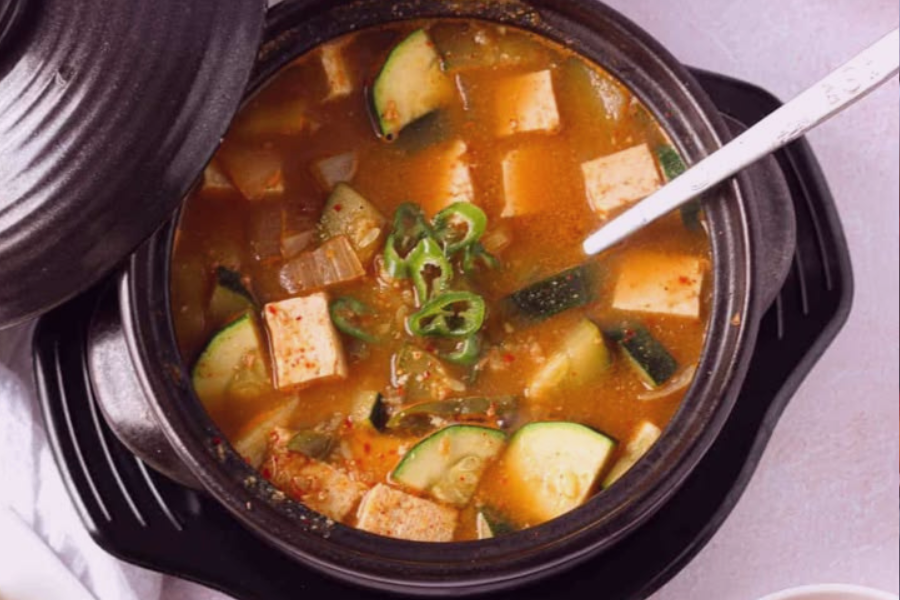
This is fermented soybean paste which is another fermented must-have in every Korean mother’s kitchen. It is made from powdered soybeans, rice flour, Korean chili flakes, salt, and other local ingredients. This sauce mixture is used in soups, stews, and sauces for its savory rich taste and contains a lot of beneficial probiotics and enzymes which are healthy. Your Korean Mother-in-law is sure to be impressed if you can pull this off.
GOCHUJANG
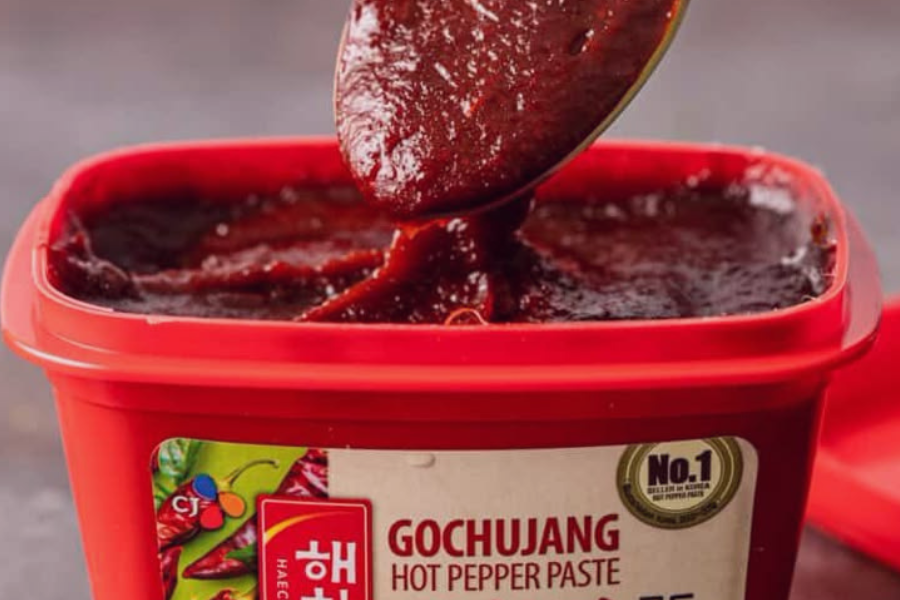
Gochujang is a sticky and thick red chili paste made from red chili powder, glutinous rice, fermented soybeans, and salt. It is famous for its sweet and spicy flavor and used as dipping sauce, in soups and marinades, soups. Gochujang is also a major ingredient in popular Korean dishes like tteokbokki and bibimbap.
CHEONGGUKJANG
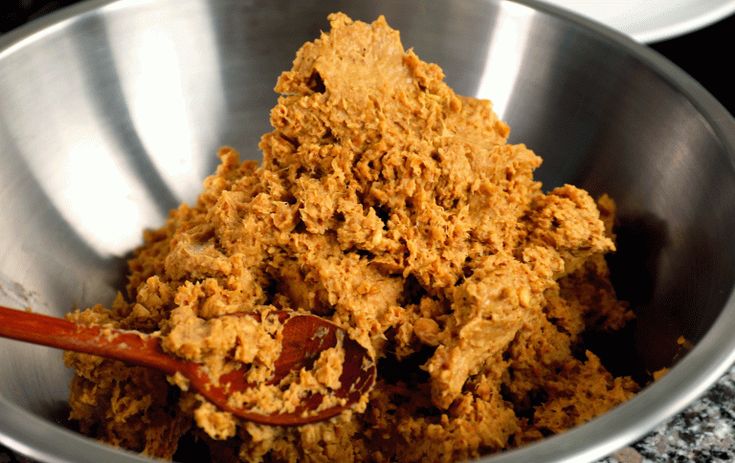
This is another fermented soybean paste however, unlike doenjang, Cheonggukjang is made from both grounded and whole soybeans. The soybeans are boiled and other ingredients like red chili pepper and salt is added to it. It is less pungent when compared to doenjang and ferments faster between two to three days. Koreans love their soybean paste, don’t they? The Japanese have a similar paste which is called Natto.
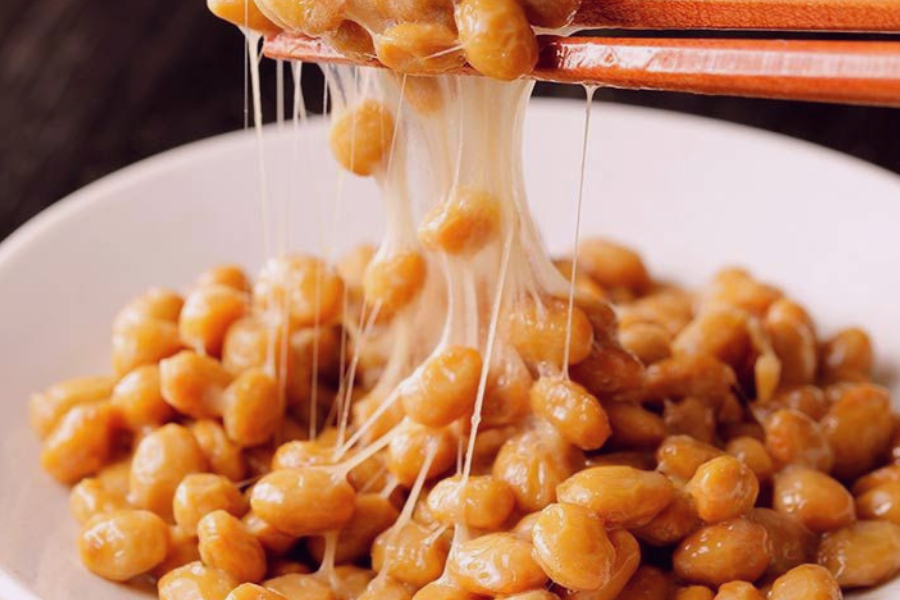
JEOTGAL
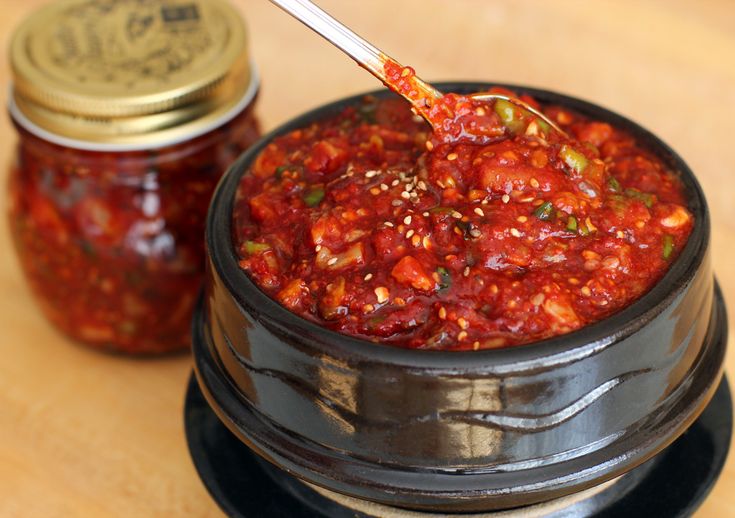
Picture Credit: Maangchi (Pinterest)
Jeotgal is made from a mixture of salted and fermented seafood and is used as a condiment in Korean cuisine. It is made from shrimp, oysters, and a variety of fish. It stands out because it is a major ingredient in kimchi and is also used to enhance the flavor of soups and stew because of its umami flavor. Somebody say Umami.
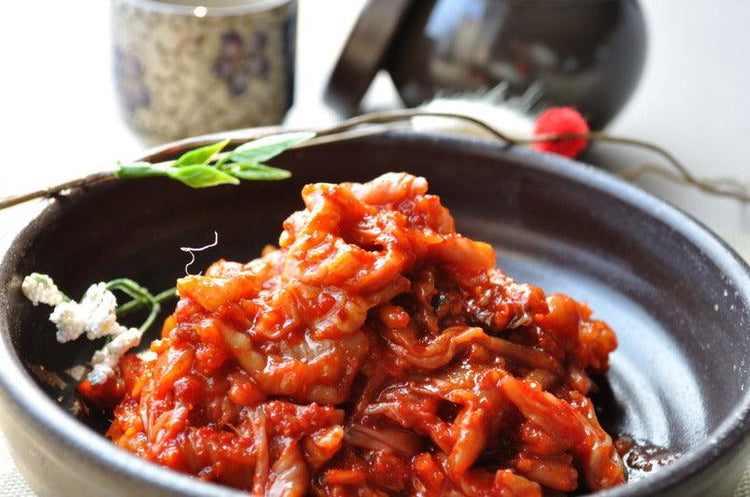
Picture Credit: Kimcmarket
Another interesting feature about Jeotgal is that the taste differs depending on the type of seafood used and the amount of fermentation. So don’t be cheap guys.
KIMCHI BUCHIMGAE
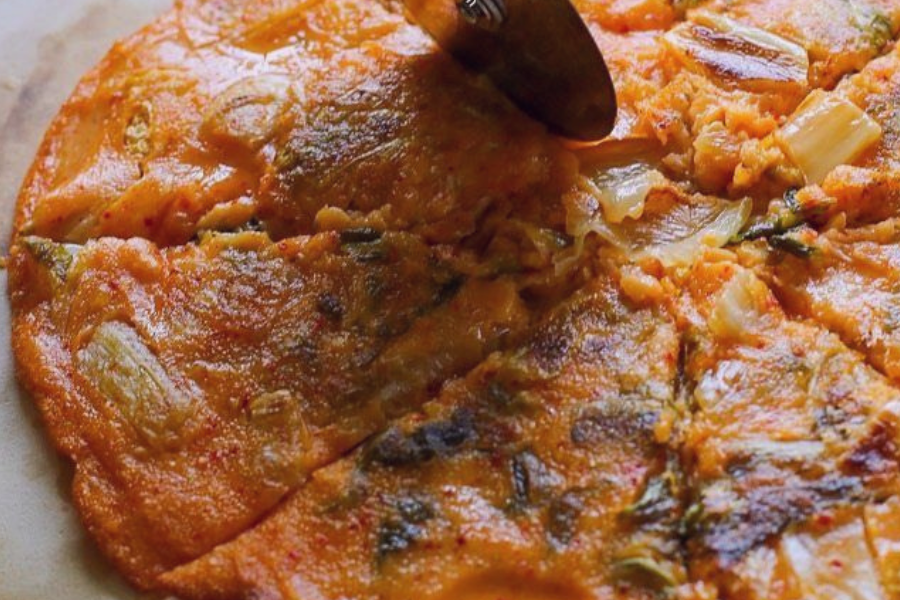
Buchimgae is also known as Korean pancake which is a dish made by frying thick flour batter mixed with eggs and a variety of ingredients such as fish, meat, seafood, poultry, and vegetables.
There are several buchimgae recipes, one of which includes the kimchi buchimgae which is made out of kimchi, flour, eggs, fish, meat, seafood, poultry, and vegetables. Kimchi literally goes with anything.
Korean fermented foods have successfully bridged the gap between traditional and modern cuisine and are truly an exciting glimpse into the healthy yet tasty culture of the Korean heritage.
From spicy, sweet, salty, and rich in umami (it sounds right to say umami), Gordon Ramsey can testify to this.
Also, to my future Korean boo and mother-in-law, jal meokgesseumnida!
Tags:
Tolulope Ayileka
Tioluwa is a lover of all things good story telling and adventure, so it's no surprise she's officially hooked to all things Korean. She believes learning and having fun is synonymous and prides herself a K-drama guru. From Korean lifestyle to history, she's all over it like sauce on kimchi.
0 Comment(s)
Related Posts
Daily Newsletter
Get all the top stories from Blogs to keep track.





Leave a comment